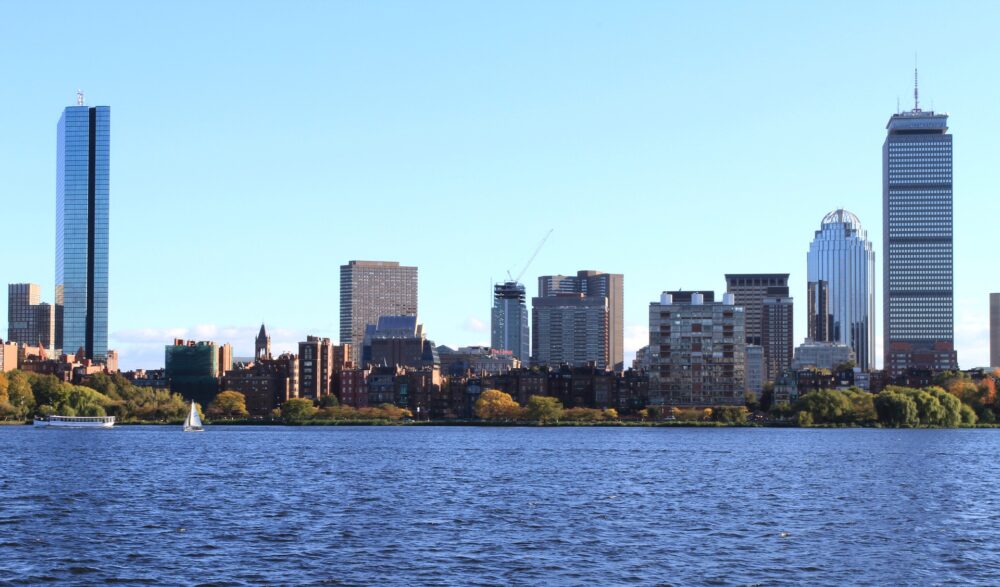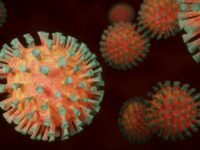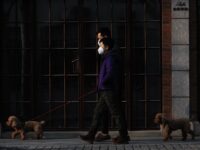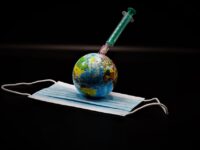Boston takes pride in being one of the scientific research capitals of the world. With some of the most prestigious universities funneling students and professors alike into small start-ups in Kendall Square and Seaport, Bostonian biotechnology has blossomed into a multi-billion dollar industry. At Northeastern University, the biotech industry has provided thousands of cooperative education opportunities to STEM students, allowing undergraduates to observe how research is conducted in industry versus academia. Furthermore, students witness the great innovations that arise out of Boston’s biotech field, such as Vertex Pharmaceuticals’ small-molecule therapies for cystic fibrosis, or Pfizer’s vaccine developments to fight infectious disease. However, as with any field, there are two sides to Boston’s gold coin.
In early February, the majority of American citizens went about their daily lives unaware of a worldwide shift that would take place in just over a month and push most of the population to shut their doors to the outside world for weeks on end. This was true for most of Boston as well. Only one confirmed case of SARS-CoV-2, better known as COVID-19 — the disease caused by this novel strain of coronavirus, existed in the state. This case involved a student who had returned to the University of Massachusetts Boston from his home in Wuhan, China, the original epicenter of the virus. He stayed in quarantine — all of his interactions contact-mapped with the precision expected of a scientific and medical capital. There was little reason for panic, although, COVID-19 was silently spreading throughout the country.
This all drastically shifted when a meeting of 175 executive employees from the biotech company, Biogen, met at a hotel in downtown Boston. Employees gathered from across the United States and the world and, unbeknownst to them, carried the virus across the nation. As of now, the CDC states that it can take up to 14 days to experience first symptoms after exposure to the virus, so many employees attended the conference initially feeling completely healthy, only to realize they carried the coronavirus days later. Since then, experts have traced the Biogen conference as the cause of early cases in North Carolina and the first cases in both Indiana and Tennessee. The Massachusetts Department of Health initially linked 99 cases back to the original meeting, which experts then termed a “super-spreader” event, or a moment of high transmission that leads to a greater spread of disease.
Although the Biogen event caused many of the early cases in Massachusetts (and elsewhere), Boston biotech is also playing a large part in the race to produce accurate, widespread testing systems and a vaccine.
Although the Biogen event caused many of the early cases in Massachusetts (and elsewhere), Boston biotech is also playing a large part in the race to produce accurate, widespread testing systems and a vaccine. E25bio, a two-year-old start-up company that grew out of the Massachusetts Institute of Technology, quickly stepped up to develop cheap and easy COVID-19 tests. The company is a good fit for the task too — they have experience in designing rapid antigen tests for Zika and dengue. Through innovative methods that include mobile image capture and image processing through new computer software, they remove subjectivity and time limits that are characteristic of these tests. By February 26th, the tests could already produce results in 15 minutes, and they provided a visual indicator of whether or not the patient has ever had COVID-19. Although this seems promising, antigen tests have a disastrous history of testing efficacy. The sensitivity of most antigen tests ranges from 50 percent to 90 percent, indicating that, in nearly half of cases, the tests can be wrong. Nevertheless, E25bio now awaits FDA approval to begin testing.
Despite the questionable nature of the development of antibody and antigen tests, one Boston biotech company spells hope for the world in the form of a future vaccine. Moderna, a start-up known for its mRNA-based therapies, produced promising Phase 1 results for its COVID-19 vaccine, mRNA-1273. With this, the Food and Drug Administration gave Moderna permission to begin Phase 2 trials, which will grow the study from eight participants using two different dosages to 600 participants using multiple dosages. Moderna also announced protocols for Phase 3, which includes 30,000 subjects, each tested with a 100-microgram dose starting in July 2020. Experts chose this particular dose based on the results of Phase 1, which showed it to be the best balance between immune response and side-effects of the treatment.
The nucleic acid vaccine created by Moderna produces proteins from mRNA codes that cause your body to prepare antigens for the proteins associated with the virus. When infected again, your body reacts as if it has already had the virus. The mRNA in this vaccine codes for the spiky protein located on the outside of the COVID-19 virus, the protein that causes infection in the first place.
This delivery technology is relatively new, so as Moderna continues development on this vaccine they will be cashing in on a revolutionary form of vaccine development.
A drawback of RNA-based therapies is that RNA is notorious for its instability and degradability, leaving many vaccines useless without a proper way of delivering it into the body. Successful delivery vectors, or modes of transportation for the vaccine material, must be small and as safe as the vaccine itself. For mRNA-1273, the vaccine uses novel lipid nanoparticles, which allow for intracellular delivery of the unstable mRNA. The vector creates fatty armor around the mRNA to protect it from degradation, and it can migrate into cells through endocytosis, a natural function of the cell membrane, by expunging toxins and absorbing nutrients into cells. Back in 2016, reviews of this method mentioned limitations in the lack of knowledge surrounding the mechanisms of lipid nanoparticles that allow them to cross membranes, but it seems as though Moderna cracked the code for COVID-19. This delivery technology is relatively new, so as Moderna continues development on this vaccine they will be cashing in on a revolutionary form of vaccine development. It is important to note, however, that Moderna has yet to bring a drug to market even before the pandemic.
These are just two examples of companies, within Boston’s vast biotechnical industry, willing and ready to take on the unknowns of a virus that continues to change the world. Nevertheless, it is important to recognize the role that the industry plays on both sides of this pandemic. Ultimately, it represents the intertwined nature of the Boston community and biotechnical business, and how that relationship will construct the city’s future.
medRxiv (2020). DOI: 10.1101/2020.05.24.20112110
Science Translational Medicine (2017). DOI: 10.1126/scitranslmed.aan1589
Science (2020). DOI: 10.1126/science.abc9586
Therapeutic Delivery (2016). DOI: 10.4155/tde-2016–0006
RNA Biology (2012). DOI: 10.4161/rna.22269
Image source: Pixabay.






